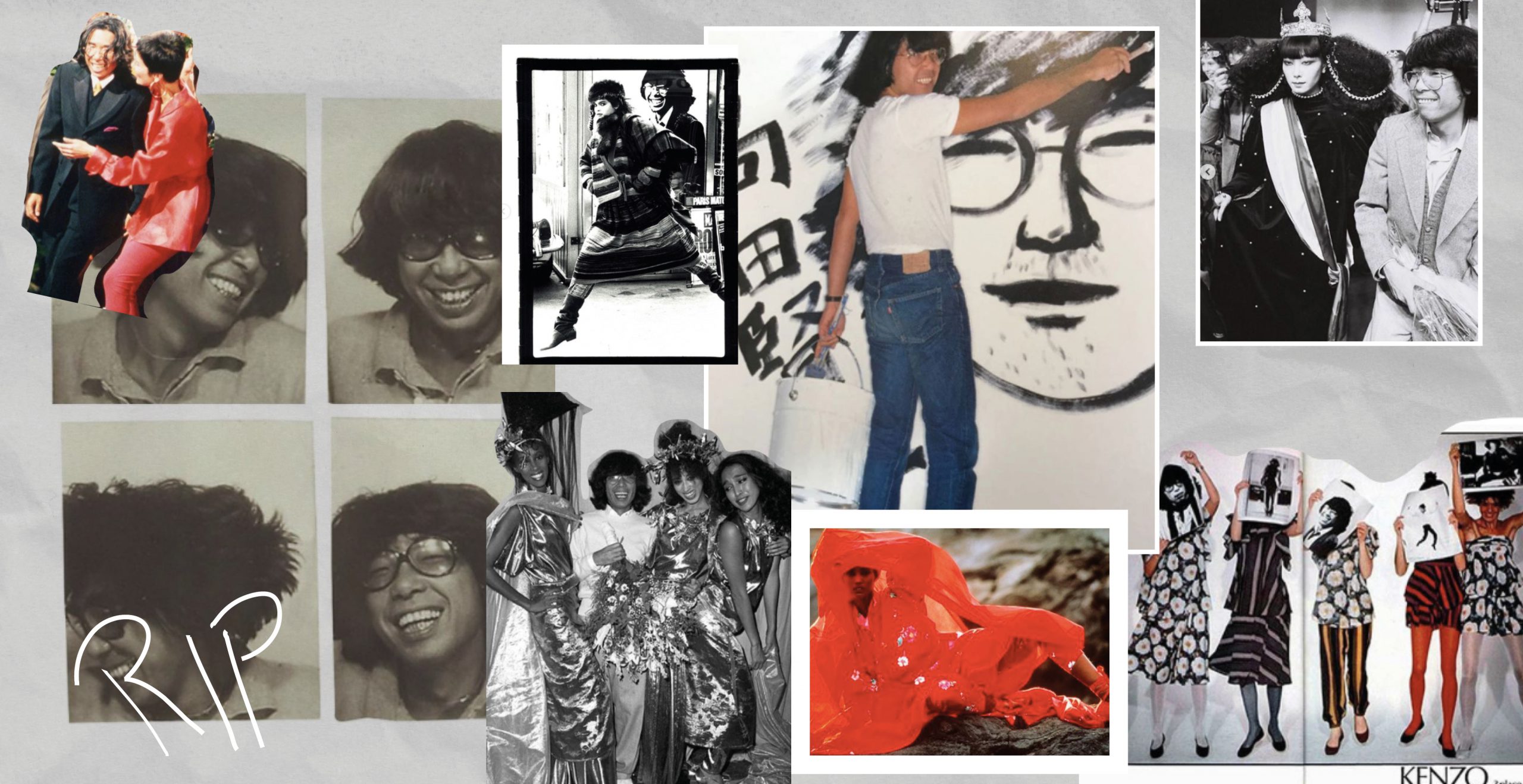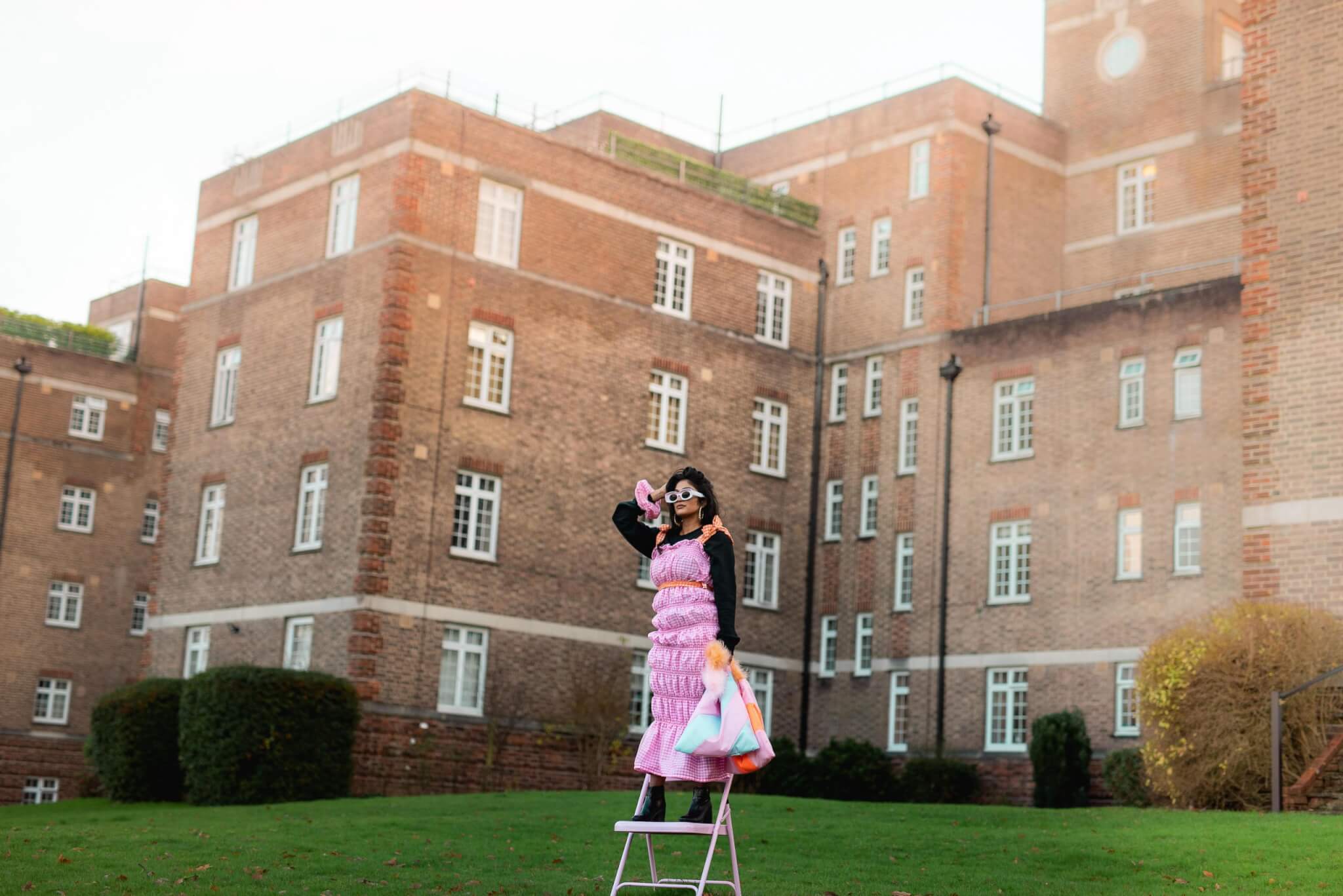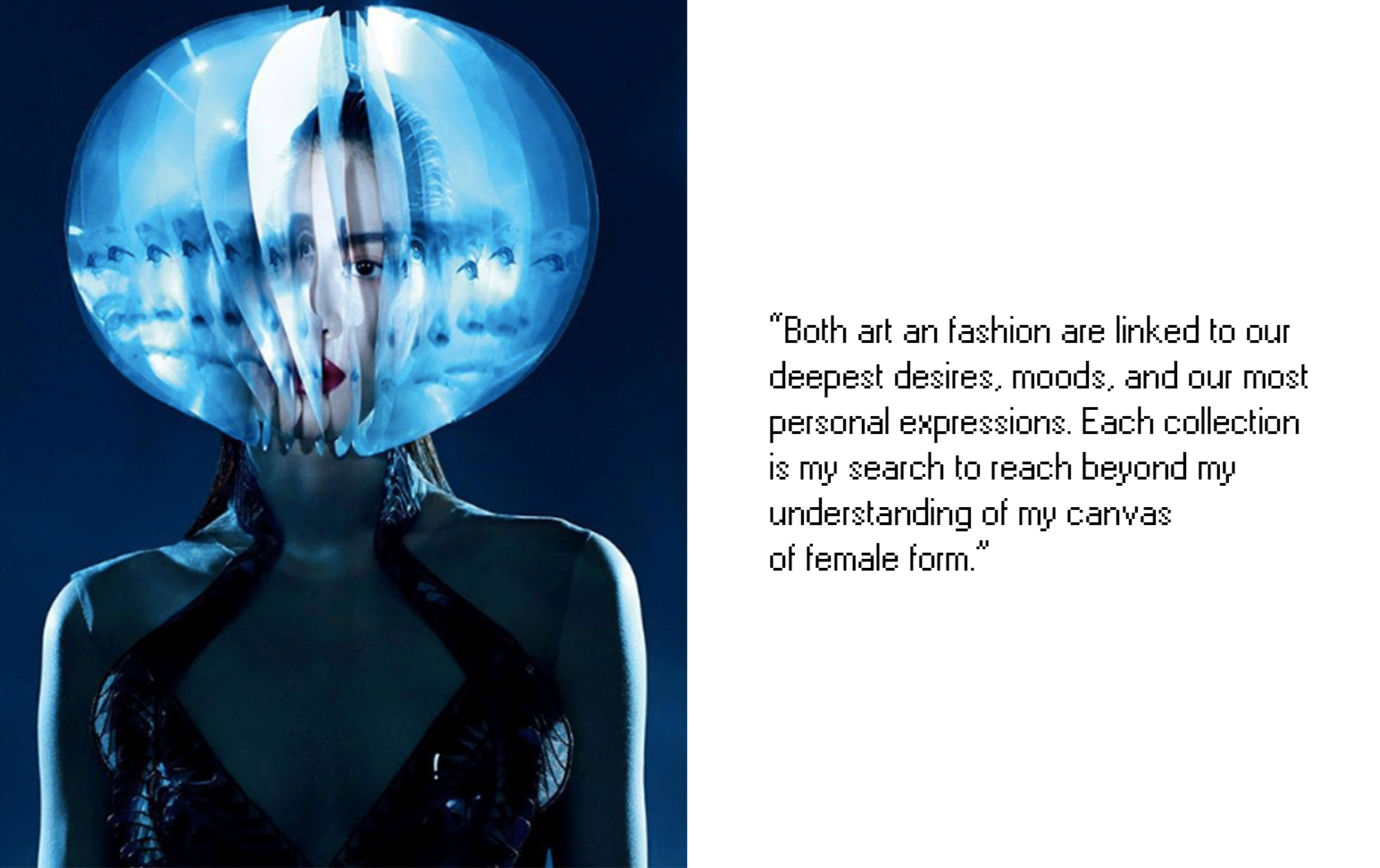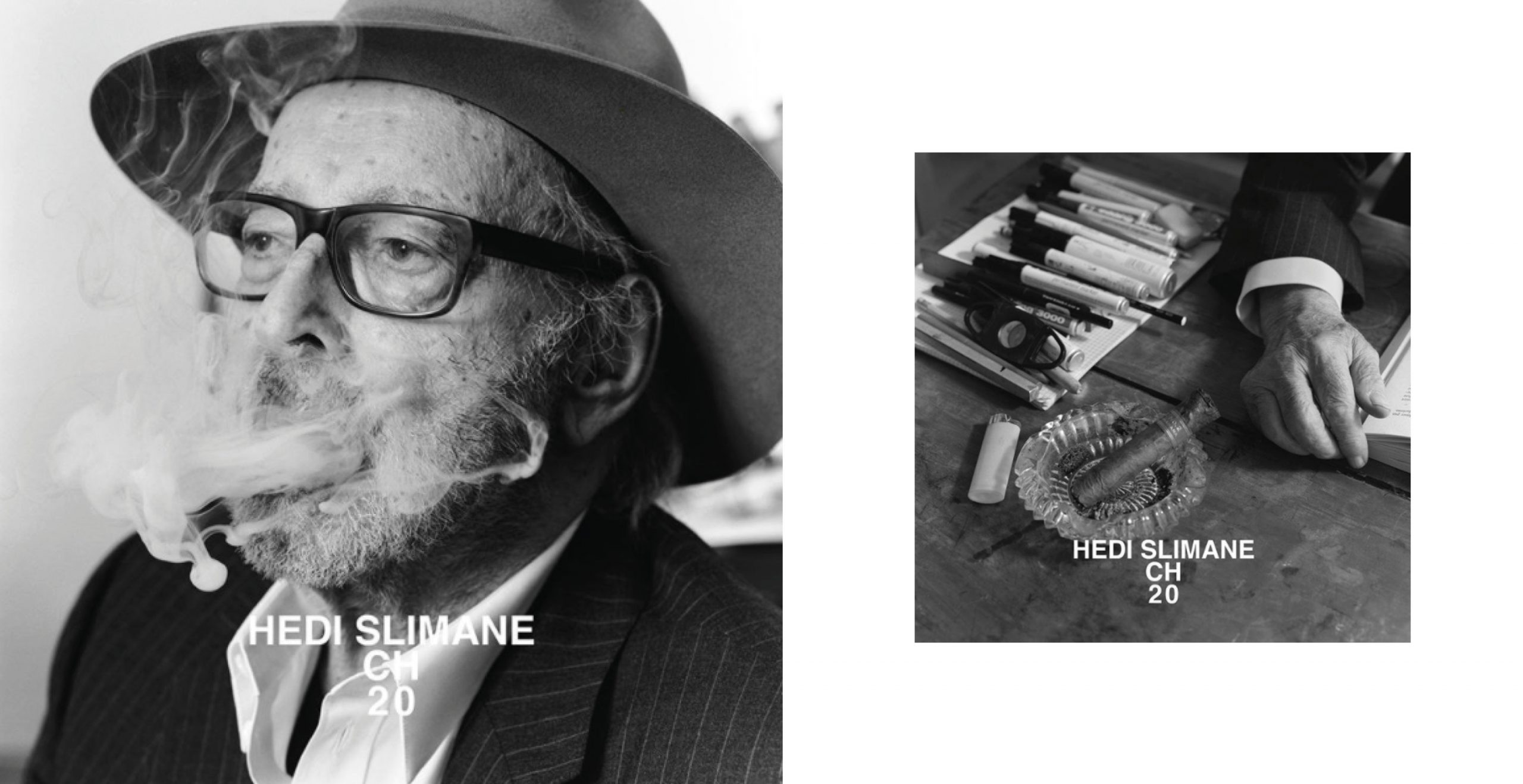When Kenzo Takada arrived in France on the first day of 1965, Paris didn’t live up to the glossy impressions of the fashion magazines. As the worldwide capital of fashion, it showed little interest in foreign fashion designers. However, that didn’t deter Kenzo, whose journey began with the demolition of his tiny apartment in Tokyo for the 1964 Summer Olympics. With the compensation payments from the Japanese government, he bought a boat ticket to Paris, not knowing a single word of French. His dedication, or perhaps a touch of madness, led him to study fashion at the prestigious fashion institute “Bunka,” making him one of the first men ever to do so.
Six years of hard work and improvisation followed until “Elle” magazine took notice of Kenzo’s unique combinations of Parisian culture and Japanese influences. His vibrant prints, featuring leaf and flower motifs with daring color combinations, took the fashion world by storm, making Kenzo one of the best-selling brands by the end of the 1970s. But Kenzo’s original style emerged out of necessity. In Paris, he made a living by selling fashion illustrations and invested every penny in fabric, often sourced from flea markets. He ingeniously combined different patterns and colors, drawing inspiration from Japanese kimonos. This playfulness became Kenzo’s trademark, along with his commitment to Prêt-à-porter rather than Haute Couture, as he aimed to create fashion that was affordable for everyone, not just the elite.
In 1999, Kenzo sold his brand to Moët Hennessy Louis Vuitton and left a few years later. As the fashion world rapidly changed, he didn’t feel the need or passion to keep up with the pace. As an artist and designer, Kenzo paved the way for other Japanese designers like Issey Miyake and Johji Yamamoto.
Kenzo, who passed away on October 4, 2020, from complications of COVID-19, was never a man of many words. Suffering from dyslexia since childhood, he expressed his story through his designs. In rare moments when he did speak about himself, he always seemed amazed by his own legacy, saying, “I’m influenced by the world that thinks it’s influenced by me.”



























